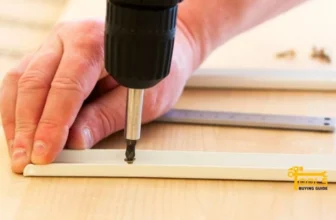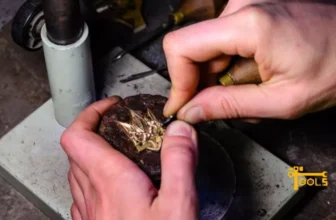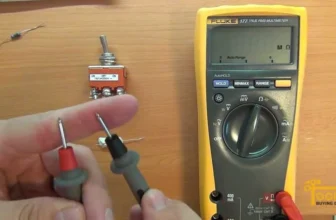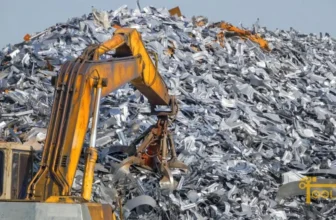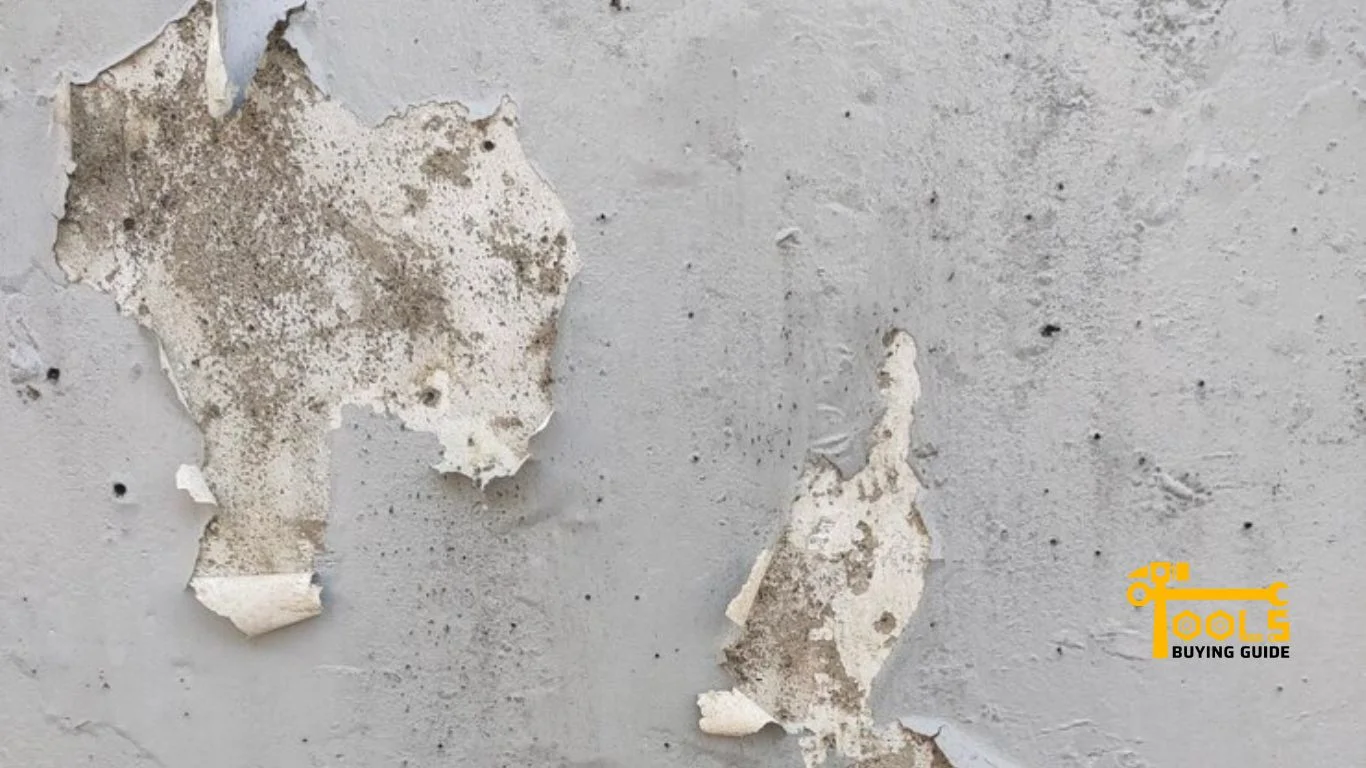
Drywall paper is a great way to cover up any damage to your walls. But, as with any DIY project, sometimes things don’t go according to plan. If you’ve recently tried to repair your drywall paper only to have it rip apart in your hands, don’t despair. Repairing torn drywall paper is fairly easy and can be done in just a few steps. So grab your supplies and get ready to patch up those tears like a pro. Here’s how to repair torn drywall paper.
Read More about How to Seal Painted Wood for Outdoor Use for Long-Lasting Results?
Preparing to Repair Torn Drywall Paper
Before you begin the repair process, here are a few notes to keep in mind:
Gather the necessary materials and safety gear:
You’ll need a few supplies to patch the drywall paper, including successfully;
- Drywall patching compound
- Drywall taping knife
- Sandpaper or a sanding block
- Safety goggles and dust mask
- Putty knife or joint knife
- Paintbrush or roller brush
- A damp cloth (if necessary).
Prepare the area for repair
Once you have all of the necessary supplies, it’s time to prepare the area for repair.
Start by wiping the wall with a damp cloth to remove dust or debris. This will make it easier to apply the patching compound and ensure a smoother finish.
Next, use the putty knife to gently scrape away any loose bits of drywall paper and clear the area for repair. For larger tears, you may need to use the joint knife. Finally, use sandpaper or a sanding block to smooth out any rough edges on the wall around the tear. This will make it much easier to apply the drywall patch and ensure a seamless finish.
How To Repair Torn Drywall Paper?
Once the area is properly prepped, it’s time to patch up that tear. Here’s how to fix drywall:
Patching the tear
Cut a patch that perfectly fits the size of the drywall paper tear. This can be done by tracing the torn area with a pencil and then cutting out the shape. Once you have your patch cut, apply a generous amount of drywall patching compound. Then press it firmly into place on top of the tear. The compound should completely cover the patch and extend slightly beyond it.
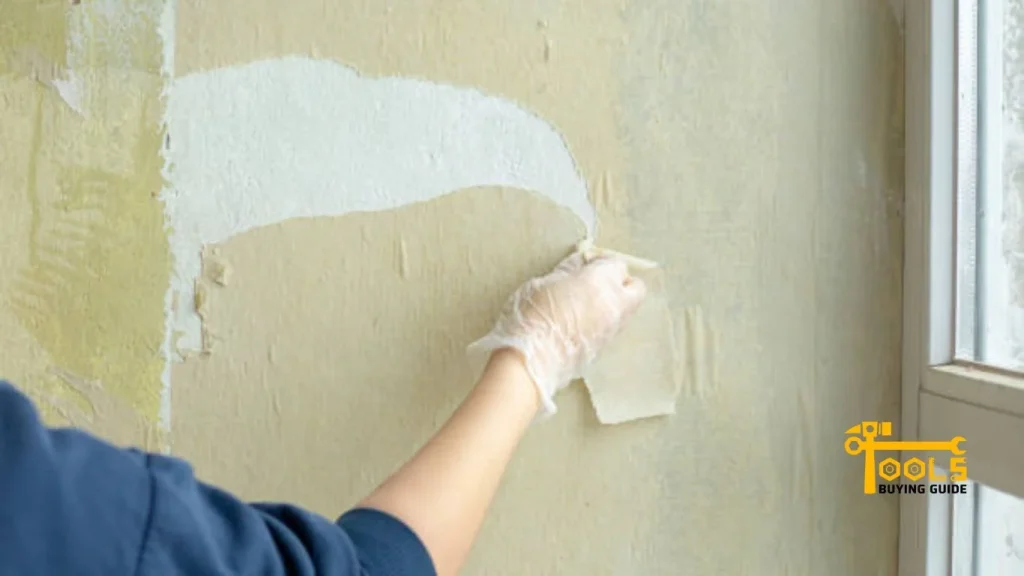
Read Also How to sharpen lawn mower blades with grinder?
You may need a taping knife to help secure the patch and smooth any bumps. Once the patch is completely in place, let it dry for at least 24 hours before proceeding with the next step. This will ensure the patch is secure before you move on.
Sanding and feathering
Once the patch has had a day to dry, it’s time to sand and feather the edges for a seamless drywall paper repair. Use 120-grit sandpaper or a sanding block and gently go over the patched area until all edges are smooth, even with the existing drywall paper.
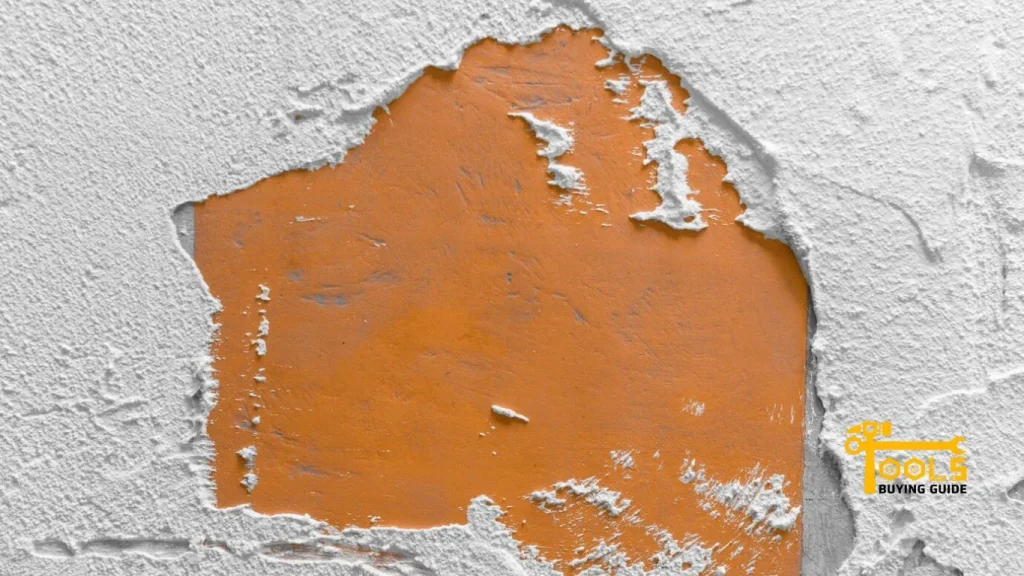
Be sure also to sand down any excess patching compound that may have been applied on top of the tear itself, as this can affect the paint’s ability to adhere properly. Once you’re finished sanding, use a damp cloth to wipe away any dust and debris that may have accumulated during the process.
Painting the patched area
The last step in repairing drywall paper is to paint over the patched area as necessary. Start by priming the patch with a high-quality primer, then let it dry for at least two hours before applying your topcoat of paint. Make sure you use an even coat and brush away any excess paint that may have been applied outside the patch. Once the paint has completely dried, you can enjoy your newly repaired drywall paper.

You may also know about How To Use A Tap And Die Set for Accurate Threading?
With these simple steps, you can patch up any wall in no time.
Why Drywall Paper Tears in the First Place?
Now, let’s look at why drywall paper can sometimes tear in the first place.
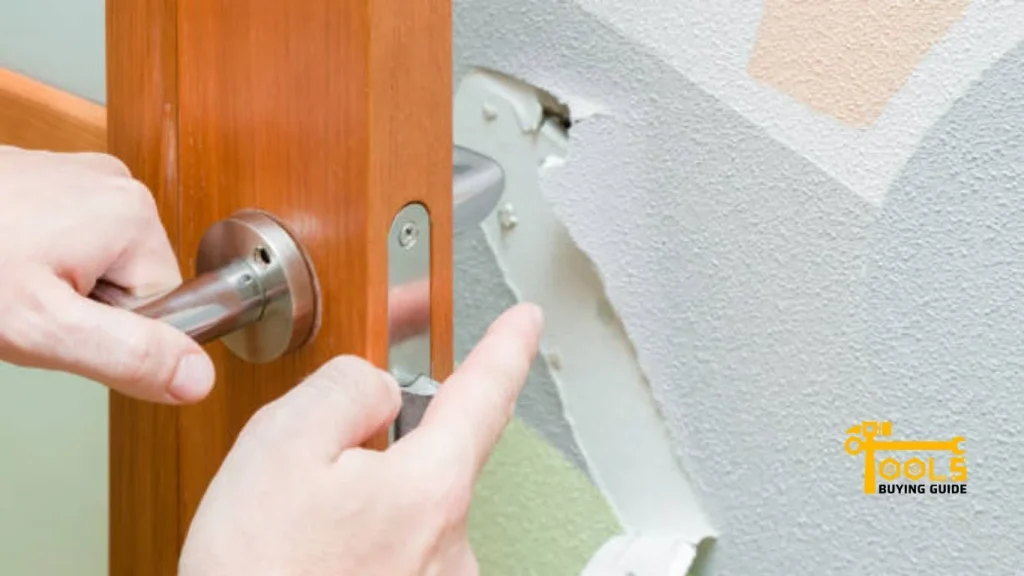
Poor installation
Drywall paper can easily tear if it isn’t installed correctly. The sheet should be hung tightly against the wall, and all seams should be taped properly. If this isn’t done, it can cause the paper to come loose and tear easily. You can use a level to make sure the paper is correctly hung.
Improper taping of drywall paper seams
When joining two pieces of drywall paper, you should always use high-quality joint tape to secure the seam. If the tape isn’t applied properly or if it’s too loose, then this can also cause the sheet to tear easily.
Exposure to moisture/water damage
If the drywall paper is exposed to too much water or moisture, then it can cause the paper to become weak and tear easily. You should always make sure that any area where drywall paper is installed is well-ventilated and free of excess moisture.
Sudden temperature changes
Extreme temperature changes can also cause drywall paper to tear. This is especially true if the room has gone from hot to cold or vice versa in a short amount of time. If this happens, then it’s best to remove and replace the affected area as soon as possible.
Accidental punctures/holes
Finally, if you accidentally puncture or make a hole in the paper, then it can cause it to tear easily. Make sure you always use a stud finder when hanging objects on the wall, and take extra care when patching holes in the drywall paper.
You also Know More About Best Pressure Washer for Foam Cannon
Why Not Just Replace The Drywall Paper if Torn?
Although replacing the drywall paper is an option, it isn’t always necessary. Repairing torn drywall paper can be a much cheaper and faster alternative that leaves a cleaner finish than the replacement would.
Replacing teary drywall paper can become quite expensive, especially if you need to replace multiple sheets or large sections. Not to mention the time it takes to remove, measure, cut, and install new drywall paper.
On the other hand, repairing torn drywall paper is a much simpler process that doesn’t require removing large chunks of existing wall material. You’ll also save a lot of money on materials since you won’t need to buy as many supplies. Plus, the repair will be cleaner and less noticeable than a total replacement.
In short, replacing drywall paper is often unnecessary unless the tear is too large or the damage is beyond repair. Even then, it may be possible to patch up that tear with some simple tools and supplies. So before you decide to replace your drywall paper completely, consider repairing it first.
Frequently Asked Questions
Drywall comprises a hard, flat sheet of gypsum sandwiched between two layers of heavy paper. The “dry” in drywall refers to the fact that it doesn’t require any water or glue for installation, making it ideal for quick repairs.
Yes! Drywall is perfect for painting because it absorbs paints and sealers well. Just use a primer first to ensure a consistent, even finish. And don’t forget to fill in any holes or cracks before you paint – that’ll make your walls look extra spiffy.
Plaster is a much more labor-intensive process that involves mixing and applying several layers of wet material between two pieces of wood or metal lath. On the other hand, drywall is much easier to install and repair, as it only requires cutting, attaching, and taping the sheets.
Drywall usually comes in 3/8-inch or ½-inch thicknesses. Thicker drywall is better for soundproofing and insulation, while the thinner variety is easier to cut and install. You can also purchase pre-textured drywall for a more decorative finish.
The drywall is incredibly strong when installed properly. It’s made to withstand the wear and tear of regular use, so it can easily last for years without any major repairs. However, if you have a particularly active household or your drywall has been damaged by water, you may need to patch or replace it sooner.
One of the biggest disadvantages of drywall is that it’s prone to tears and cracks. It can also be susceptible to mold and mildew if exposed to water for too long. Additionally, if drywall isn’t installed properly, it won’t provide adequate insulation or soundproofing from outside noise.
Conclusion
Drywalls are not invincible, and tears and holes can happen. But does that mean you have to pay for an expensive contractor to come in and repair your drywall? You can repair ripped drywall paper like a pro with the right supplies and little knowledge. This step-by-step guide on how to repair torn drywall paper will have you feeling like a home renovation expert.
So get ready to start your renovations, and don’t forget the duct tape! It’s an essential tool for any repair job. Good luck, and happy renovating.


